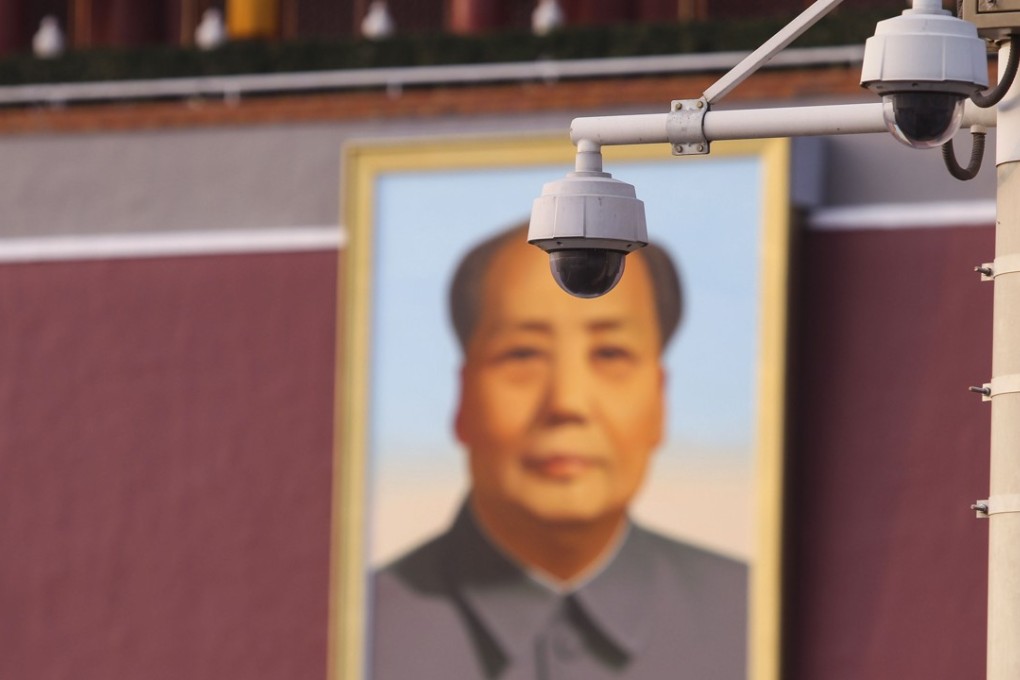The integration of mass surveillance and new digital technologies is unnerving
An infrastructure of surveillance has come up without public or political debate, and the speed and invisibility around its marriage with everyday technology is worrying

In a public toilet next to Beijing’s Temple of Heaven, it is reported that a toilet paper dispenser uses surveillance cameras to check on people stealing toilet paper.
At Peking University, a lecturer uses surveillance cameras to check whether students are bored.
It was street security cameras that identified the 2005 London Underground bomber and the 2013 Boston marathon bomber. It is satellite-based cameras that are tracking typhoons, following IS troops in Syria, watching rhino poachers in African game reserves and tracking the retreat of the Arctic ice cap.
The age of surveillance is upon us. Thanks to artificial intelligence and the burgeoning of big data as our smartphone use explodes, the space left for any individual to find any true privacy has dwindled to a shadow. George Orwell’s “Big Brother” vision has come true, and we are now in a state of permanent visibility.
Sitting here in Hong Kong, our assumption would naturally be that China leads the world in street-level surveillance. Indeed, China today is thought to deploy about 172 million surveillance cameras – about three times as many as are operating in the United States – accounting for 43 per cent of a global US$47 billion business. But on a per capita basis, the US and the UK are understood to be the most densely covered. London and the UK in many ways lead the world, with extensive street surveillance systems introduced in the early 1990s after two massive IRA truck bombings in the city’s financial district. Today, thousands of automatic number plate recognition cameras along the UK’s road network catch speeding motorists, identify expired licences and track stolen cars.
Whether these comprehensive surveillance infrastructures are a good or bad thing is moot. At the time of the London bombings, the British government won broad public support for comprehensive monitoring, using the rhetoric: “If you have nothing to hide, you have nothing to fear.”